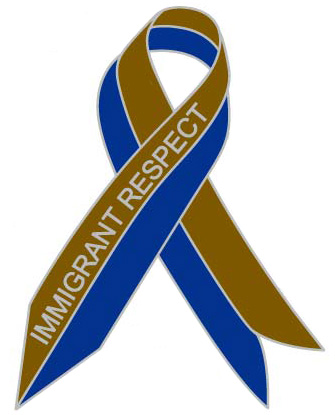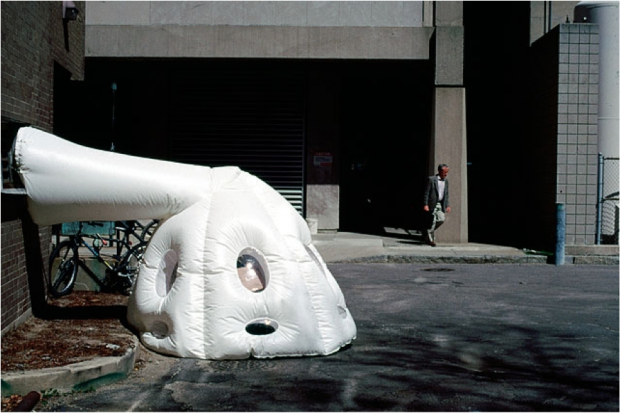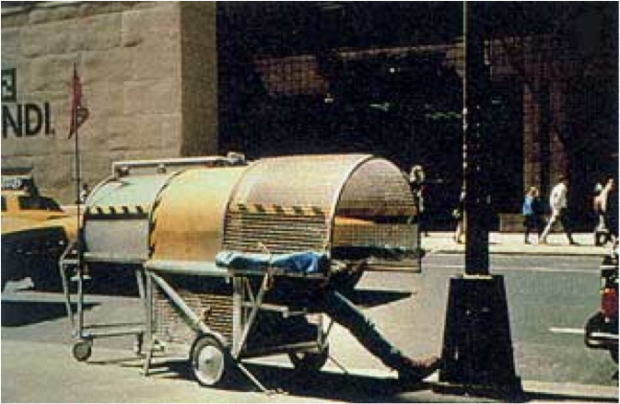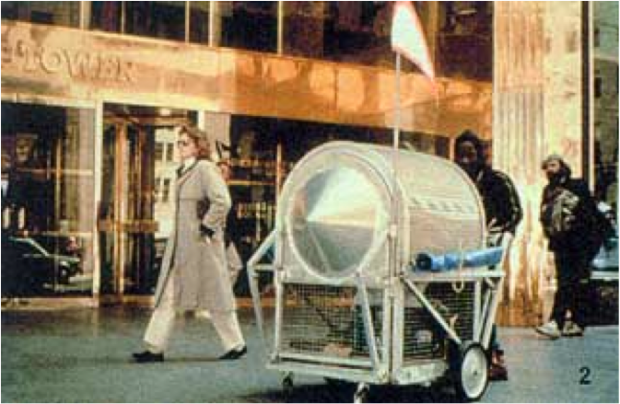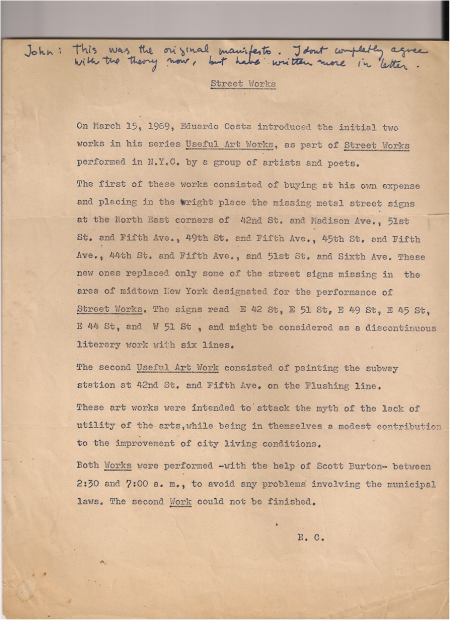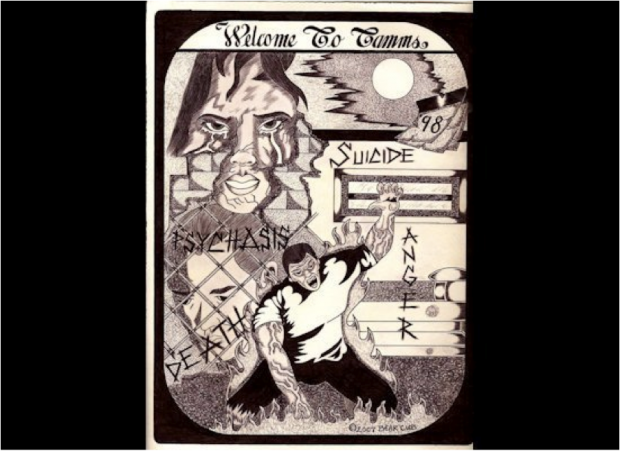
Laurie Jo Reynolds – Tamms Year Ten (TY10)
Tamms Year Ten (TY10) is a all-volunteer grassroots coalition of prisoners, ex-prisoners, families, attorneys, artists and other concerned citizens who came together in 2008, on the ten-year anniversary of the opening of the supermax, to call for an end to these misguided and inhumane policies. After 17 months of campaigning, the pressure brought upon state legislators, the Illinois Department of Corrections (IDOC) and the governor’s office prompted Governor Quinn to announce that “he takes this problem very seriously” and that he was appointing a new IDOC director whose top priority was to review the supermax. In September of 2009 the IDOC unveiled a 10-Point Plan for reform of the supermax. As of 2011, it has not been implemented and advocates are still fighting for the IDOC to keep its promises.
This drawing was made for Tamms Year Ten, the campaign to reform Tamms Prison launched at the ten-year anniversary of the Supermax%u2019s opening. It depicts the experience of long-term isolation. When the facility opened in 1998, prisoners were told they would only be there for one year. Ten years later, one-third of them had been in isolation for the entire decade. Illustration by Bear Cub, a prisoner in Tamms Supermax.
